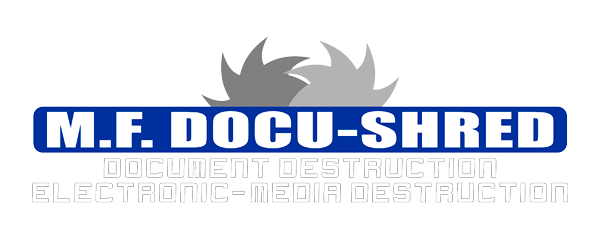In today’s digital age, the protection of personal information and data privacy has become a top priority for businesses and individuals alike. When it comes to healthcare organizations, the Health Insurance Portability and Accountability Act (HIPAA) mandates strict rules for the safeguarding of patient information. In this blog post, we will discuss what HIPAA is and why document shredding is essential for compliance and data security.
Understanding HIPAA: Protecting Patient Privacy
HIPAA, enacted in 1996, is a federal law in the United States that establishes privacy protections for patients and regulates the use and disclosure of their medical information. The primary goal of HIPAA is to ensure the confidentiality, integrity, and availability of patient data. Here are some key components of HIPAA:
1. Privacy Rule: The HIPAA Privacy Rule sets national standards for the protection of individuals’ medical records and other personal health information. It establishes limitations on the use and disclosure of this information, giving patients greater control over their own data.
2. Security Rule: The HIPAA Security Rule lays out the standards for securing electronic protected health information (ePHI). Covered entities, such as healthcare providers and health plans, must implement administrative, physical, and technical safeguards to protect ePHI from unauthorized access, use, or disclosure.
3. Breach Notification Rule: The HIPAA Breach Notification Rule requires covered entities to notify affected individuals, the Secretary of Health and Human Services, and sometimes the media, in the event of a breach of unsecured ePHI. Timely notification helps patients take appropriate actions to protect themselves from potential harm.
Importance of Document Shredding for HIPAA Compliance
Document shredding is a crucial element in meeting HIPAA requirements and maintaining data security. Here are some reasons why document shredding is important for healthcare organizations:
1. Preventing Unauthorized Access: Shredding documents ensures that sensitive patient information is irreversibly destroyed, preventing unauthorized access and reducing the risk of identity theft or fraud. Simply discarding documents in the trash exposes patient data to potential breaches and compromises their privacy.
2. Demonstrating Compliance: Document shredding is a tangible demonstration of an organization’s commitment to HIPAA compliance. It provides proof that appropriate measures have been taken to protect patient information, which is particularly essential during audits or investigations.
3. Safeguarding Against Data Breaches: Document shredding helps prevent data breaches by eliminating the risk of physical documents falling into the wrong hands. Even with sophisticated digital security measures in place, physical documents can still pose a threat to patient privacy if not handled and disposed of properly.
4. Avoiding Penalties and Legal Consequences: Non-compliance with HIPAA requirements can result in hefty penalties, reputational damage, and legal consequences. Document shredding is a proactive measure that helps healthcare organizations avoid such penalties and maintain a strong reputation for patient privacy and security.
Best Practices for Document Shredding in Healthcare Organizations
To ensure effective document shredding and maintain HIPAA compliance, healthcare organizations should follow these best practices:
1. Develop a Document Retention and Destruction Policy: Create a comprehensive policy that outlines how long different types of documents should be retained, as well as the proper processes for destruction. This policy should align with HIPAA requirements and be regularly reviewed and updated.
2. Use Cross-Cut Shredders: Invest in high-quality cross-cut shredders that produce confetti-like pieces instead of simple strips. Cross-cut shredding offers greater security by making it nearly impossible for sensitive information to be reconstructed.
3. Train Staff on Document Handling: Provide training to all employees handling patient information on proper document handling and disposal procedures. This includes instruction on identifying documents that need to be shredded and the importance of following the organization’s document retention and destruction policy.
4. Establish Secure Shredding Procedures: Designate secure collection bins or containers throughout the organization where employees can deposit documents that need to be shredded. These containers should be locked and only accessible to authorized personnel.
5. Use Professional Shredding Services: Consider partnering with a professional document shredding provider who specializes in secure and compliant shredding. They can offer regular, scheduled shredding services and provide a certificate of destruction for each shredding session, further demonstrating compliance.
Conclusion
HIPAA compliance and the protection of patient privacy are paramount in healthcare organizations. Document shredding plays a vital role in meeting HIPAA requirements and safeguarding sensitive patient information. By implementing document shredding best practices, healthcare organizations can effectively protect patient privacy, maintain compliance, and mitigate the risks of data breaches and legal consequences.
Got questions about document shredding? Let us help! Contact us today to learn more about what we can do for you!

